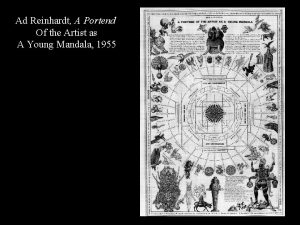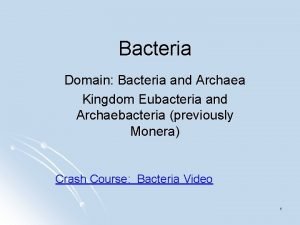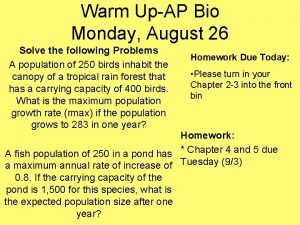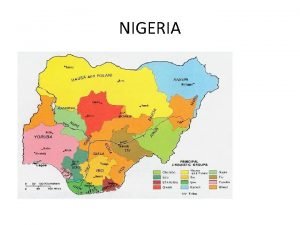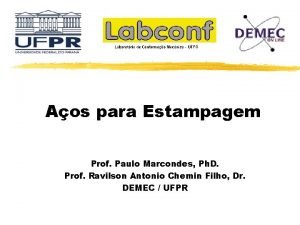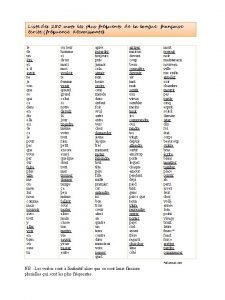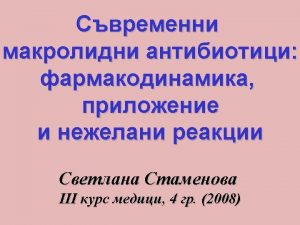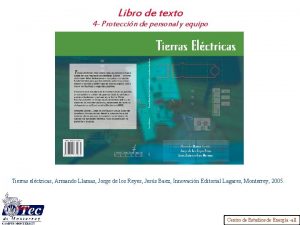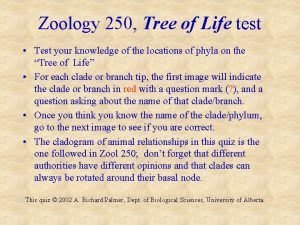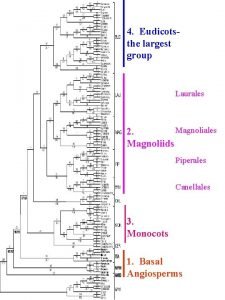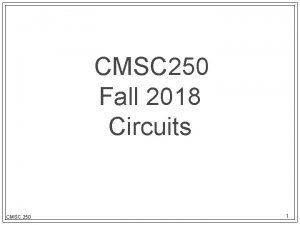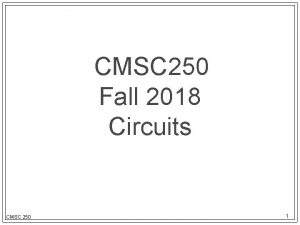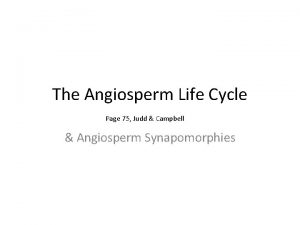Magnoliids Judd et al pp 250 262 Previously










































- Slides: 42

Magnoliids Judd et al pp. 250 -262 Previously considered part of “Dicots”


Magnolia “on the Mall!”

Magnolia on the web

Family of unknown position You are here!

Magnoliids • Non-monocot, non-eudicot angiosperms • Monophyletic group including the Magnoliales, Laurales, Canellales & Piperales • Perianth parts spiral or whorls of 3, mostly one pore in pollen • Stamens flat or leaf like, filament frequently but not always poorly differentiated from the anther (exception= Piperales) • Morphologically similar to ANA Grade, note that secondary chemistry is given as the best synapomorphy many sources of spices!

Magnoliales: Magnoliaceae: 2 genera of Magnoliaceae, 220 species

Magnoliaceae • Largest of the 2 genera: Magnolia – 218 species • Other genus is Liriodendron, only 2 species (Tulip Tree)

Magnolia grandiflora Mississippi & Louisiana state flower

Magnoliales: Magnoliaceae: Magnolia

Magnoliales: Magnoliaceae: Magnolia

Magnoliales: Magnoliaceae: Magnolia • Fruit– an aggregate of follicles

Magnoliaceae: Magnolia— leaf blades with spherical cells (pellucid dots) containing ethereal oils Umm…this pic is Ptelea trifoliata, a eudicot not a magnoliid! What’s up…. . ? ? ?

Idioblasts in Magnoliid Leaves Per discussion with Walter Judd… ethereal oils are in microscopic idioblasts in magnoliids, not the easily visible pellucid dots of the Rutaceae in eudicots

Ethereal Oil • “Aromatic, highly volatile, oily secondary plant products containing monoterpenoids and sesquiterpenoids (and other aromatic compounds), frequently in pellucid dots. ” J&C pg. 572 monoterpene

Magnoliales: Magnoliaceae: Liriodendron tulipfera

Magnoliaceae • Foliage-- Trees/shrubs blade with pellucid dots containing ethereal oils (aromatic terpenoids) • Calyx Tepals • Corolla • Androecium -- Many undifferentiated stamens • Gynoecium-- Numerous distinct • Fruit– aggregate of follicles, seed red, dangles

Magnoliales: Myristicaceae • MMy Bark exudes reddish sap when slashed. Myristica: source of nutmeg and mace, from the Spice Islands (Indonesia)

Myristicaceae in South America

Magnoliales: Myristicaceae: Myristica • Seeds of Myristica fragrans (nutmeg tree) are the source of nutmeg; the colorful aril is the source of the spice called Mace. Flowers… 3 connate tepals

Stamens with filaments connate into solid column Note one carpel, superior ovary Monadelphous! Follicle? Berry? Legume? Capsule? Other? – dehiscent along two sides, fleshy, one carpellate flower

Magnoliales: Myristicaceae • Foliage– bark exudes reddish sap; blades with pellucid dots containing ethereal oils; contains myristicin (=hallucinogen) • • Calyx Three connate tepals Corolla Androecium– filaments connate into a solid column Gynoecium-- one ovule, ovary superior • Fruit– leathery follicle, large seed, colorful aril

Laurales: Lauraceae • Trees or shrubs including sources for Sassafras, Cinnamon, Avocado, Bay Leaves, etc. Persea americana A trees and B trees promote outcrossing

Laurales: Lauraceae: Laurus nobilis Bay Laurel

Laurales: Lauraceae: Cinnamomum • Large genus of over 300 species that is source of camphor, cinnamon, etc. Cinnamomum verum and other species provide the spice.

Laurales: Lauraceae: Sassafras • Extract of essential oil is source of perfumes, root beer, candy, and the drug MDMA(ecstasy. ) Sassafras candy Fruit is a drupe

Sassafras albidum Leaves have pellucid dots Stamens with nectar producing appendages One ovule 6 tepals

Laurales: Lauraceae Foliage– contain ethereal oils Calyx Usually 6 tepals Corolla Androecium— filaments with nectar producing appendages • Gynoecium— one carpel, ovary superior • Fruit– drupe or one seeded berry • •

Piperales: Piperaceae: Piper

Piperales: Piperaceae: Piper nigrum


Piperales: Piperaceae • • • Foliage– contains ethereal oils Calyx No perianth! Spikes of thick, minute flowers Corolla Androecium— filaments distinct Gynoecium— 1 ovule per gynoecium Fruit– drupe

Piperales: Aristolochiaceae: Aristolochia watsonii

Aristolochia californica Ovary


Piperales: Aristolochiaceae • Foliage– ethereal oils with pellucid dots and aristolochic acids, bitter yellow nitrogenous compounds • Calyx– connate, showy, dull red, mottled • Corolla– missing • Androecium– filaments adnate to style • Gynoecium– inferior ovary, 4 -6 connate carpels • Fruit– septicidal capsule

Piperales: Saururaceae: Anemopsis californica Yerba mansa

Piperales: Saururaceae: Anemopsis Petaloid bracts Many tiny, white flowers Flowers bisexual (perfect) but no petals or sepals Style Distinct stamens Style

Ethnobotany: Antimicrobial • Apparently mostly made from the roots:

Petaloid bracts From: Jepson Manual Distinct stamens 3 -4 carpels united at the base

Piperales: Saururaceae • • • Foliage– Yes, you guessed it: with ethereal oils Calyx– Absent! Corolla– Absent! Flowers with a single petaloid bract Androecium– 3 -8 distinct stamens Gynoecium– 3 -4 carpels united at the base Fruit-- capsule

On to the Monocots! Cyperus esculentus
 Corn seed structure
Corn seed structure Community based social marketing definition
Community based social marketing definition Md anthony fs stella
Md anthony fs stella Zlib.org
Zlib.org Atkins ford winder
Atkins ford winder Cis262
Cis262 Cis 262
Cis 262 Matrix multiplication 2x1 1x2
Matrix multiplication 2x1 1x2 Cis 262
Cis 262 Cis262
Cis262 Mse 304 csun
Mse 304 csun Economic importance of eubacteria
Economic importance of eubacteria What thailand was previously known as
What thailand was previously known as Ncaa rsro
Ncaa rsro Language
Language 187/250
187/250 Nucleo counter
Nucleo counter Ece 250
Ece 250 Medicina upap
Medicina upap Nec 250 122
Nec 250 122 Billions8
Billions8 What is 186 rounded to the nearest hundred
What is 186 rounded to the nearest hundred What are the 250 ethnic groups in nigeria
What are the 250 ethnic groups in nigeria Flupan 250
Flupan 250 Aço ntu-qc-250
Aço ntu-qc-250 250 mot
250 mot 20 dkg na g
20 dkg na g Composition of local anesthesia
Composition of local anesthesia Gold rush 250 000
Gold rush 250 000 Rck 250
Rck 250 Vha directive 1123
Vha directive 1123 Erythromycin 250 mg filmtab
Erythromycin 250 mg filmtab 30 cfr part 250
30 cfr part 250 Daftar istilah anatomi
Daftar istilah anatomi Izar@mobile 2 download
Izar@mobile 2 download Tabla 250-94
Tabla 250-94 Swen 250
Swen 250 August lec 250
August lec 250 Cse 250
Cse 250 Formula de discriminante ecuacion cuadratica
Formula de discriminante ecuacion cuadratica De 200 litros de agua de mar se pueden extraer 8kg de sal
De 200 litros de agua de mar se pueden extraer 8kg de sal Nec article 810
Nec article 810 Zool 250
Zool 250


